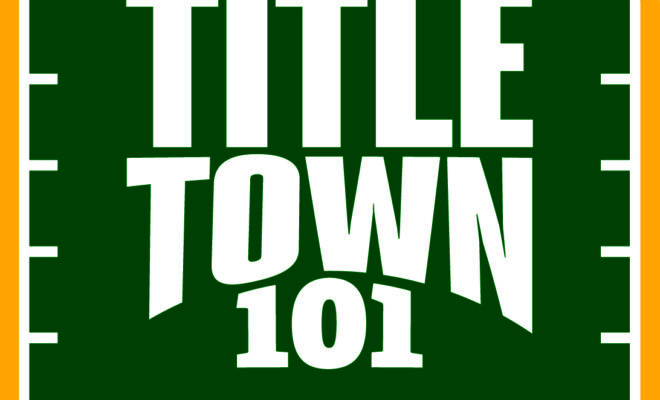Beyond the Fox River

By Kris Leonhardt
Editor-in-chief
UW-Green Bay began the inaugural session of its “History of the Green Bay Packers Certificate” program on Sept. 6. The virtual, eight-week, two-hour class allows participants to “uncover the team’s storied history and get an inside look at the Packers Hall of Fame.” Over the next eight weeks, we will provide a glimpse of the class experience through Titletown 101.
The second decade brought three straight NFL titles for the Green Bay Packers.
As the team looked for a fourth-straight win, they were edged out by the Chicago Bears, who went 7-1-6 in the 1932 season, while the Packers were 10-3-1.
At that time, the championship was decided by percentage, with the Packers at .769 and the Bears at .875.
In the decade leading to that, the Packers were already a dominant force.
Green Bay Packers Hall of Fame Curator Brent Hensel said that while the team had a lot of talent, opposing teams were often still organizing leading up to the game.
“[Oshkosh Northwestern] was a local team that was put together about 24 hours before,” he said.
“Yes, the Packers are way more talented than these teams, but you can also see some of the reasons why they’re outscoring these opponents.”
The original team was made up of local boys, mostly from Green Bay East and West, but the Packers began looking for talent outside of the city.
“The Packers are now starting to recruit from all around not only the state but the Midwest; they’re becoming a professional,” Hensel said.
“The team (was) really recruiting professional players. In fact, most of the replacements and new players had college and pro experience that are joining the Packers. They’re living throughout the Midwest.
“So, by the final game of the (1921) season, when they play the Chicago (Staleys) Bears, the rivalry is born on Nov. 27, 1921. They lose the first game 20-0.
“They’re actually practicing in Chicago and in Green Bay at this time because there are very few players that actually live in the Green Bay area other than Curly (Lambeau.)”
By this time, the Green Bay area was likely beginning to see life for the Packers beyond the Fox River.
As financial struggles threatened to cut the Packers’ legacy short, 150 community leaders attended a meeting called by Andrew Turnbull.
“And this is really where they decide to sell stock for the first time. One of the other leaders was a local attorney, John Kittell. He played a lead role in building up support and getting all these other community leaders to attend and then the end result happens the next summer — the Packers have their first sock sale.
“This is really where the fans take ownership of the franchise.
“It started in 1923. This is where the non-profit Green Bay Football Corporation is created Aug. 20, 1923.
“At that time, they did receive season tickets to go to the games for that next season —the home games — but it had really no value. There were no dividends, no shares, anything like that, they had no voting rights.”
Read more in next week’s edition.
For more on the program, visit www.uwgb.edu/certificate-programs/history-of-the-green-bay-packers.






